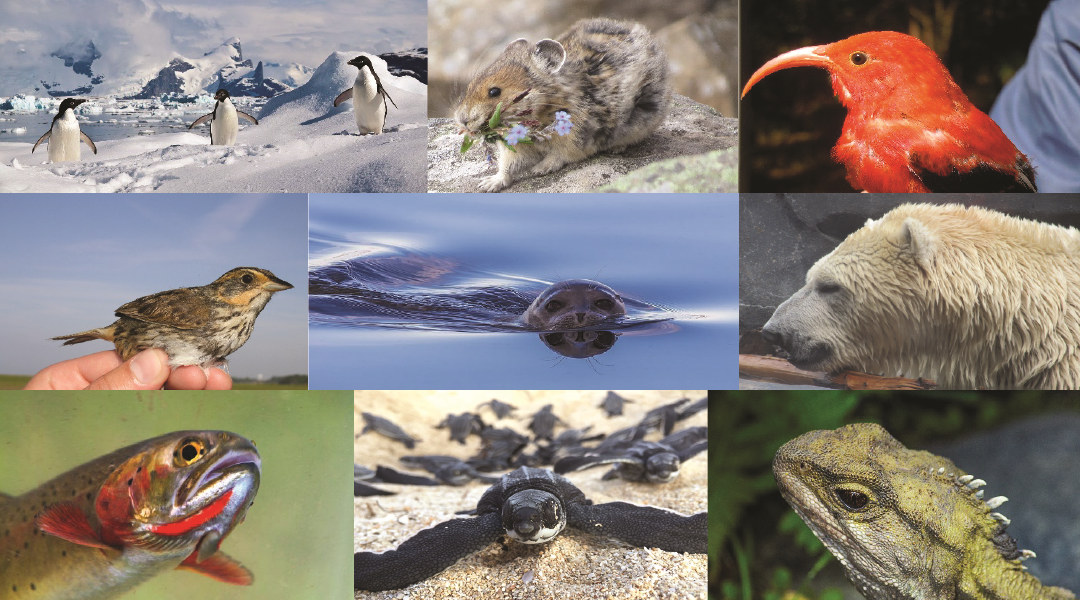Climate change threatens species and ecosystems throughout the world. As biodiversity changes and declines, it will also endanger trillions in ecosystems and its services to humans. Thus, protecting and restoring biodiversity constitutes one of the greatest challenges for science and humankind.
To protect biodiversity, biologists first need to predict which species and ecosystems are most at risk. However, the truth is that biologists cannot make these predictions accurately. Biology struggles to answer key questions such as; which species are most threatened by climate change? How will changes in biodiversity affect ecosystems and their contributions to humans? How best can we stem this loss of biodiversity?
Climate scientists and climate change biologists found themselves in a similar situation in the 1970s. They did not know the mechanisms underlying the climate system and could not predict its future. Following this recognition, climate scientists set forth an ambitious plan to understand the climate process, build better predictive models, measure important pieces of information, and interpret weather patterns via a global system of monitoring stations.
As a result, our ability to predict climate change has increased tremendously.
Biologists can learn a lot from climate science. A new WIREs Climate Change review compares the joint histories of prediction in climate change science and climate change biology. The review also draws lessons from climate change science, and makes recommendations for how climate change biology can make rapid progress in order to catch up.
The author finds that climate change biology lags climate change science by about 20 years. To make up for lost time, the author recommends that biologists adopt the approaches of climate science.
These approaches include building models that are based on biological processes rather than statistics, increasing international collaboration to support shared predictive models, combining predictions from multiple models to get a better forecast, and checking predictions against real responses recorded from a well-designed network of biotic stations.
By rapidly deploying these methods, which have facilitated rapid progress in climate science, biologists can create the next-generation predictions that inform us where best to deploy resources to protect biodiversity and ecosystem services. Once scientists can predict which species and ecosystems are most threatened, they can work on efficiently stemming the loss of biodiversity from climate change.
Kindly contributed by the Authors.

















